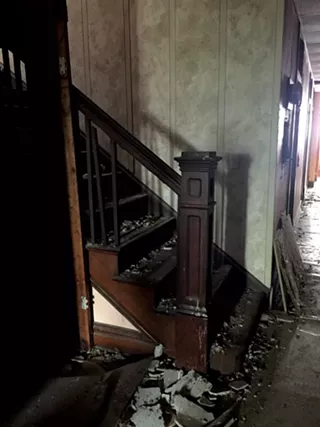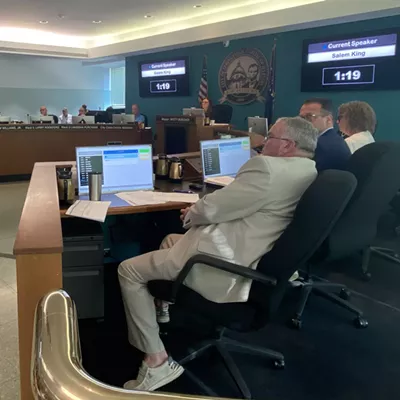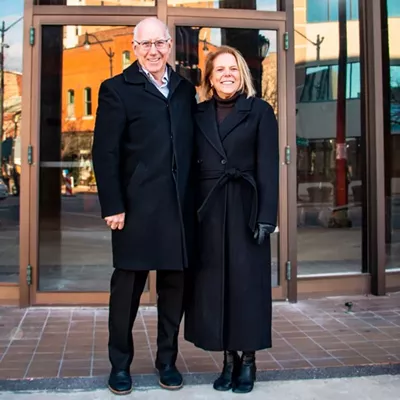By Lisa Clemmons Stott
Here’s another version of “shop local” you may not have considered: anyone can become a local developer. That’s the premise of the Incremental Development Alliance (IDA), a nonprofit consortium of people developing their own new construction or rehab projects and whose shared goal is to cultivate 1,000 other “small” developers in communities around the nation.
Last month the City of Peoria’s Innovation Team hosted members of the IDA to offer a roadmap for how Peoria citizens could take personal ownership of that dilapidated building on the corner or that longtime vacancy.
It’s a great time for more Springfieldians to think about investing in its neighborhoods like this – whether it’s downtown, Enos Park or the East Side.
In downtown, most of the Central Area Tax Incrementing Financing (CATIF) dollars – the primary subsidy that ensures big, historic buildings are renovated in downtown Springfield – are already pointed toward specific projects, 70 percent of which have nothing to do with putting vacant properties back on the tax rolls.
That leaves some of our biggest vacant buildings at risk, without the city leadership contribution often required.
But maybe small and incremental is the way to keep growing: “smaller scale is smaller risk” is one of the mantras by “small” developers like Bernice Radle, who spoke at one of two workshops put on by IDA in Peoria. Here’s a woman who, when barely 25 years old, co-founded Buffalove Development, which purchases vacant or underutilized historic properties and renovates them with an emphasis on energy efficiency and quality. She is obviously knowledgeable about small-scale redevelopment, having even been featured on a season of HGTV, but her biggest gift is making you believe that you can also take on projects in your community just like the ones she continues to do in hers.
There are fewer and fewer of what one might consider “small buildings” of 6,000 square feet or less left to revitalize in downtown Springfield thanks to an entrepreneurial boom over the last few years. Yet there are one or two unpolished gems remaining on each block, sometimes with a commercial tenant on the first floor and sometimes not. The common denominator is that the upper floors have been left to deteriorate into backgrounds for artsy photo shoots, despite the demand for more residential living.
We’re only about halfway to the demand goal set by the Bowen Downtown Housing Study in 2012, which showed that the national trend back toward downtown living for millennials and boomers was also relevant in Springfield. Bernice and her colleagues from South Carolina and New Jersey pointed out a startling statistic that shows why rehab and infill in older neighborhoods might be a better long-term strategy if we don’t want empty houses sitting stagnant on the housing market in a decade. Sixty-four percent of housing stock since 2005 consists of single-family detached homes. By 2030, 83 percent of U.S. households will not have any children.
Small-scale development, one building at a time, means that city subsidies are not required and the emphasis is financing through investor clubs and local bank lending. There are several smaller downtown buildings on the market right now for less than $125,000 which would be a perfect first mixed-use project for an investor group.
By building up the ecosystem which already includes successful “small developers” like Chris Nickell and Seth and Ivy Molen, neighborhood associations and the City could ultimately attract developers for the larger projects.
Just like everything “local first,” small-scale development done by you, me, our neighbors and our friends creates a more resilient community and more adaptable neighborhoods, with individuals growing wealth right here in Springfield and increasing our tax base.
Lisa Clemmons Stott is the executive director of Downtown Springfield Inc, the business association and Main Street organization leading the downtown revitalization effort.










